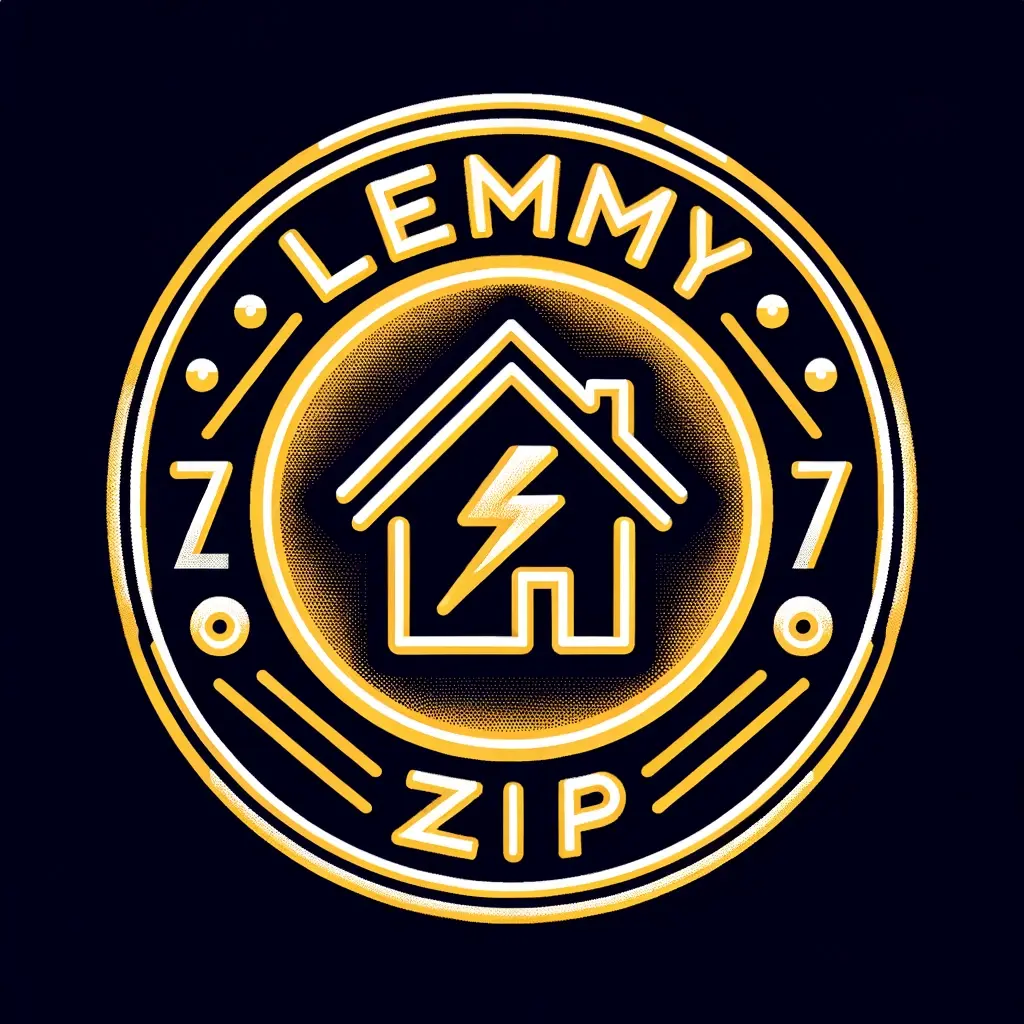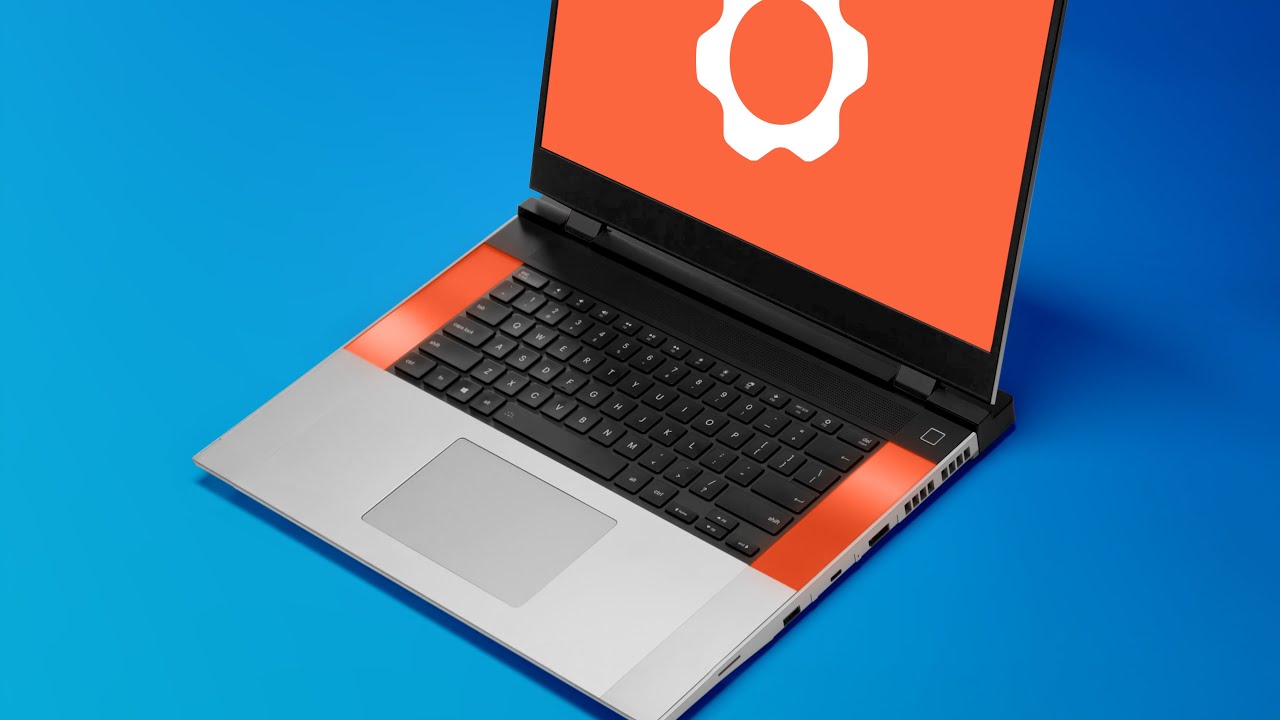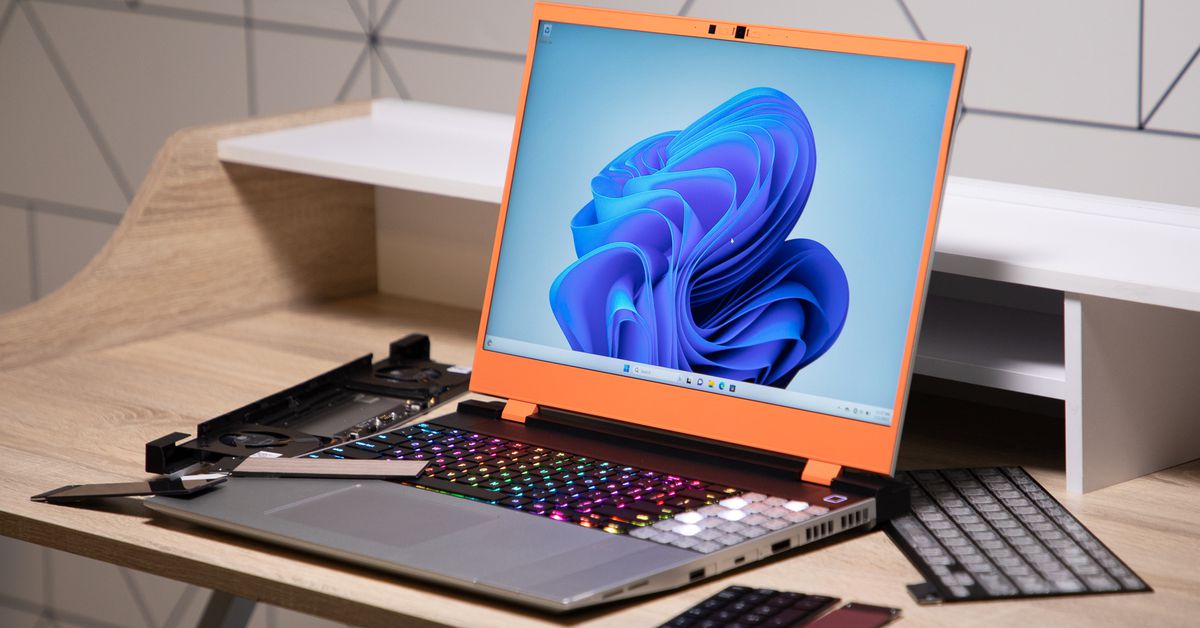

Exactly, this is about compression. Just imagine a full HD image, 1920x1080, with 8 bits of colors for each of the 3 RGB channels. That would lead to 1920x1080x8x3 = 49 766 400 bits, or roughly 50Mb (or roughly 6MB). This is uncompressed. Now imagine a video, at 24 frames per second (typical for movies), that’s almost 1200 Mb/second. For a 1h30 movie, that would be an immense amount of storage, just compute it :)
To solve this, movies are compressed (encoded). There are two types, lossless (where the information is exact and no quality loss is resulted) and lossy (where quality is degraded). It is common to use lossy compression because it is what leads to the most storage savings. For a given compression algorithms, the less bandwidth you allow the algorithm, the more it has to sacrifice video quality to meet your requirements. And this is what bitrate is referring to.
Of note: different compression algorithms are more or less effective at storing data within the same file size. AV1 for instance, will allow for significantly higher video quality than h264, at the same file size (or bitrate).



















Recently started Fallout 3 on steam deck, am a few hours in, pretty good game! Love the freedom, the exploration, but it can occasionally be a challenging game with the fighting and various encounters. Story is good so far.